/https://storage.googleapis.com/s3-autonomous-upgrade-3/static/upload/images/new_post/white-light-vs-yellow-light-which-is-better-3549-1639207194750.jpg)
White Light vs. Yellow Light Which One Is Better for Eyes
Table of Contents
The places where you spend the most time are where you spend the most time. Are you considering the effects the types of light have on your eyes when you're making plans to decorate, style, or build a home? How would you describe your working environment? There are many purposes for these places, whether it's to rest or to do work, so lighting or knowing white light vs. yellow light for home shouldn't be your main concern.
In addition to the ambiance, your eyes are affected by the type of light you use and are exposed to most often. It is, therefore, necessary to carefully select the lighting source and assess white light vs. yellow light. There is a range of yellow vs. white light alternatives to conventional lighting, such as energy-efficient light sources that create less heat and are safer for your eyes. Bulb options are available at various price points and for different white and yellow lights for home purposes.
What is The Color Temperature of Light?
Kelvin is a measure of color temperature, ranging from warm for cozier environments to cool for a clean and modern look. It’s different between white light vs. yellow light. Whether a person uses a particular lighting source to perform a task, relax or learn, the lighting's color temperature and yellow light vs. white light can have an important effect on them. Thus, picking the right color temperature based on your warm light vs. cool light for reading application is a very important step.
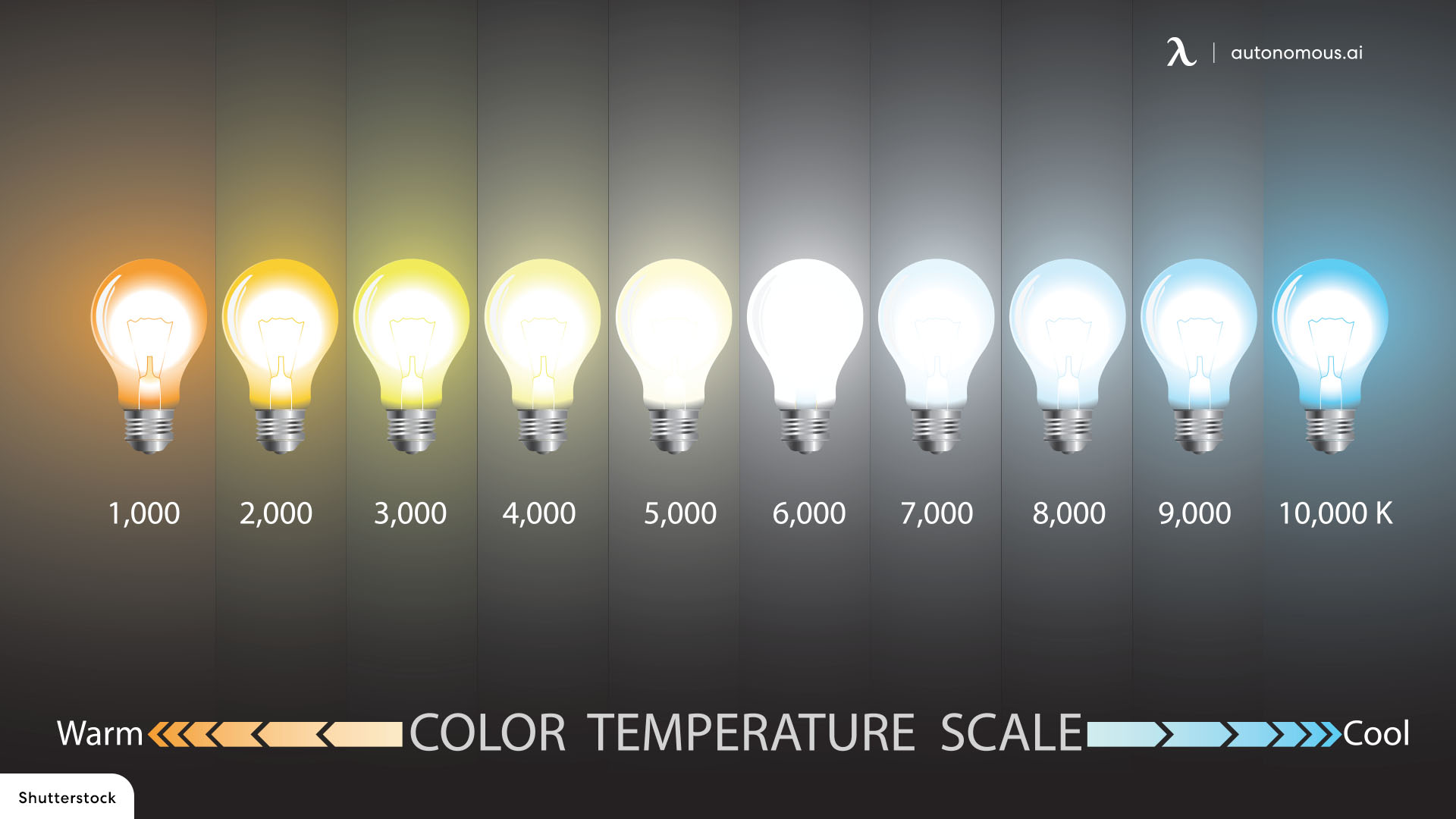
Differences between Warm and Cool Light
The range of temperatures between 1,000 and 5,000 Kelvin simulates sunsets, and 5,000 to 10,000 Kelvin is bright and clinical. Focus attention with cool lighting on active areas, and create a comfortable atmosphere with warm light.
Kelvins are a measurement of color and are used when choosing Cool White, Daylight, and Warm White. Generally, higher Kelvin values make the light whiter. The warm white temperature ranges between 2700-3200 Kelvins, while the daylight temperature ranges between 4000-4500 Kelvins, while the cool white temperature ranges from 5000-6200 Kelvins.
Warm White
When you want to relax with family and friends, warm white creates an inviting atmosphere. This color is usually found in living rooms, bedrooms, and dining rooms where everyone gathers.
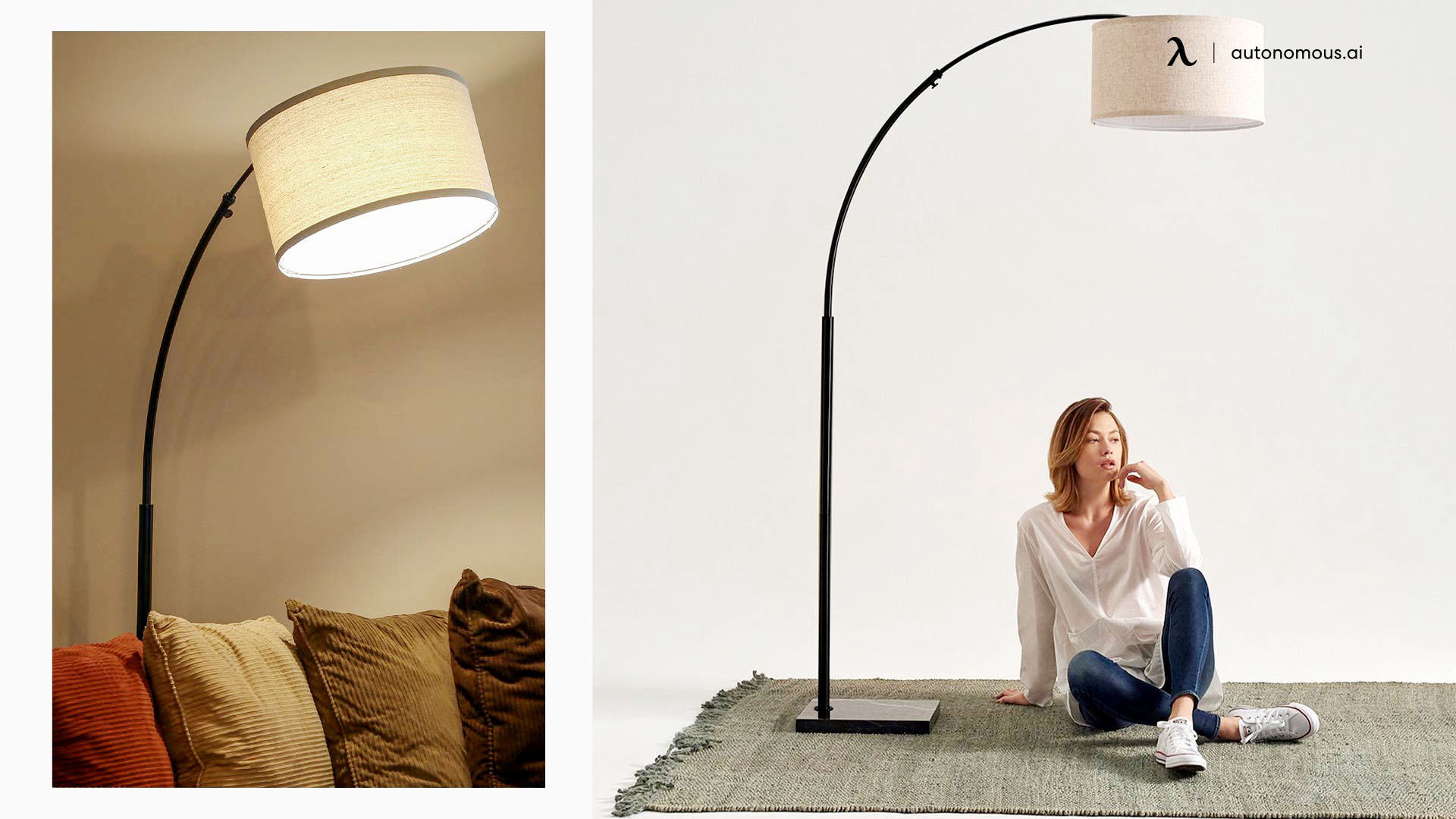
Cool White
The modern and contemporary light bar for desk decor looks excellent in cool white, which casts a soft, breezy glow. This makes it a popular choice for bathrooms and kitchens because it's brighter and more focused.

Which Type of Light is Good for Particular Activities?
Many of our customers ask us which type of LED lighting they should buy. Three types of whites are available on our LED strips and LED bulbs: Warm White (3000K), Natural White (4500K). Color temperature is measured using CCT (correlated color temperature).
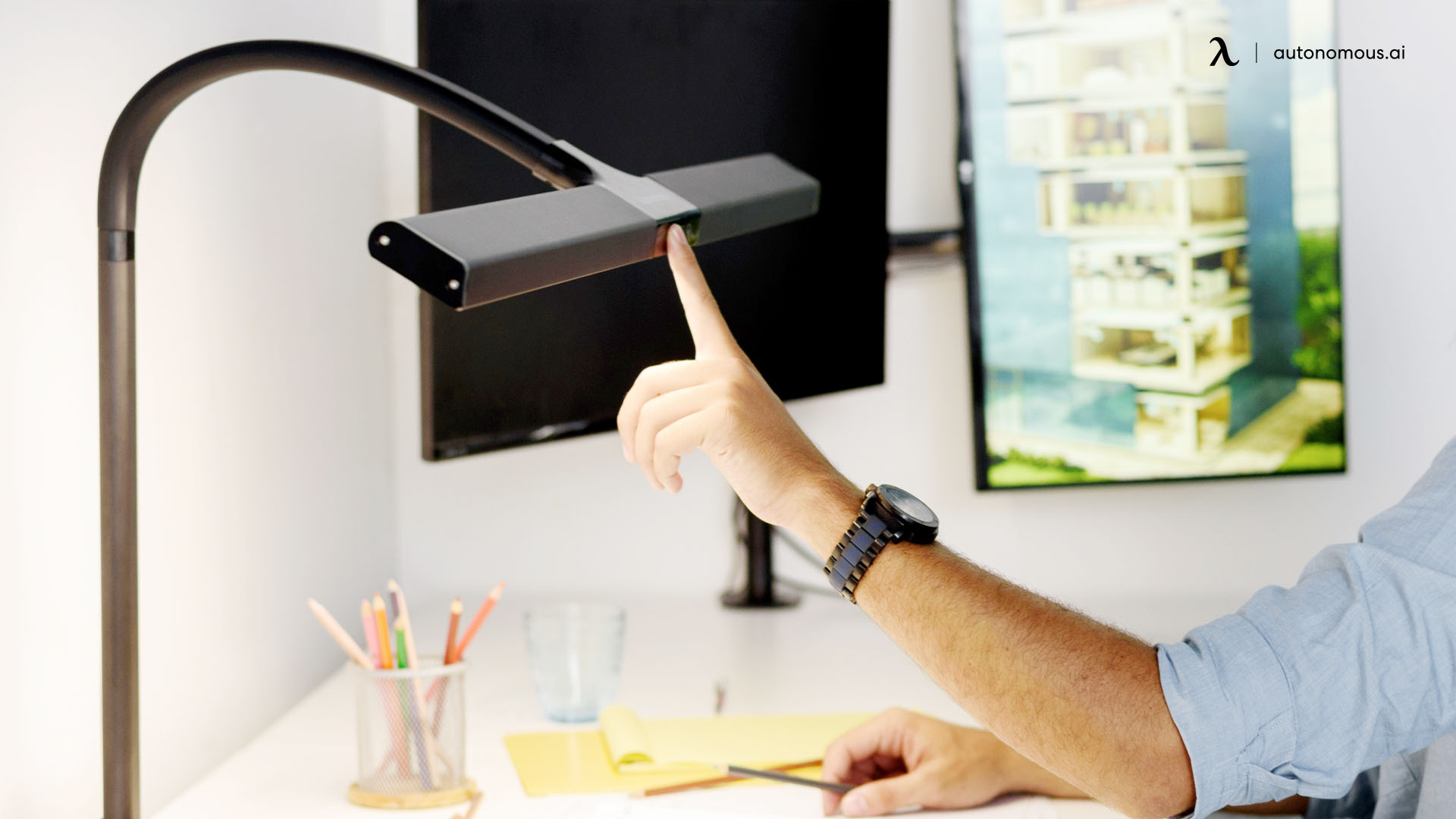
The value in this table allows us to calculate how much blue light is in the light we are exposed to. In terms of color temperatures, the most yellow light measures 1,800 K while the bluest light measures 6,500 K. These lights fall into three categories:
- You can read in 2,500 to 3,000 K light and rest well afterward when the light is warm.
- When working outdoors, natural light between 4,900 and 6,500 K is optimal for the eyes.
- Lights with a temperature of 6,500 K provide an excellent level of brightness and will maximize attention.
The cold blue light with the highest CCT should be selected during working hours when you are alert and awake. As an alternative, if you are having trouble sleeping at night, you can choose a color temperature below 3,000 K so that you are able to relax and read.
The Kelvin temperature of Cool White will range from 5000 to 6000 degrees. In comparison to incandescent or halogen lights, Warm White is yellowish in tone. As its name suggests, Cool White is more like a neon light since it leans towards shades of blue.
There are certain scenarios where most people agree on the appropriate lighting type, regardless of how we perceive light in different ways and how our tastes differ.
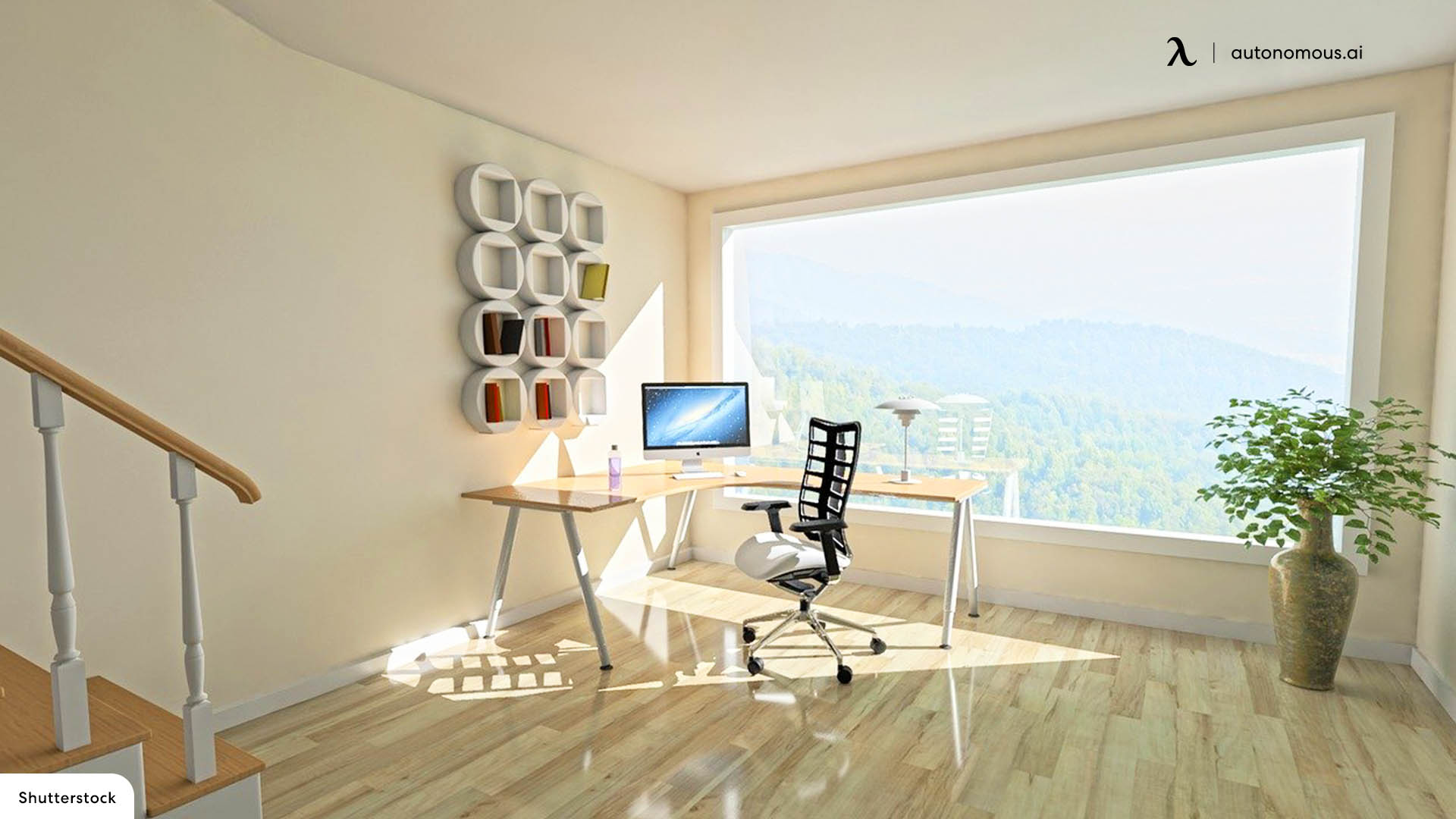
Warm White Applications
Soft lighting is also ideal for living rooms, dining rooms, bedrooms, or other rooms. Skin becomes more softened and less uneven, and the eyes are more relaxed. White looks better on us all.
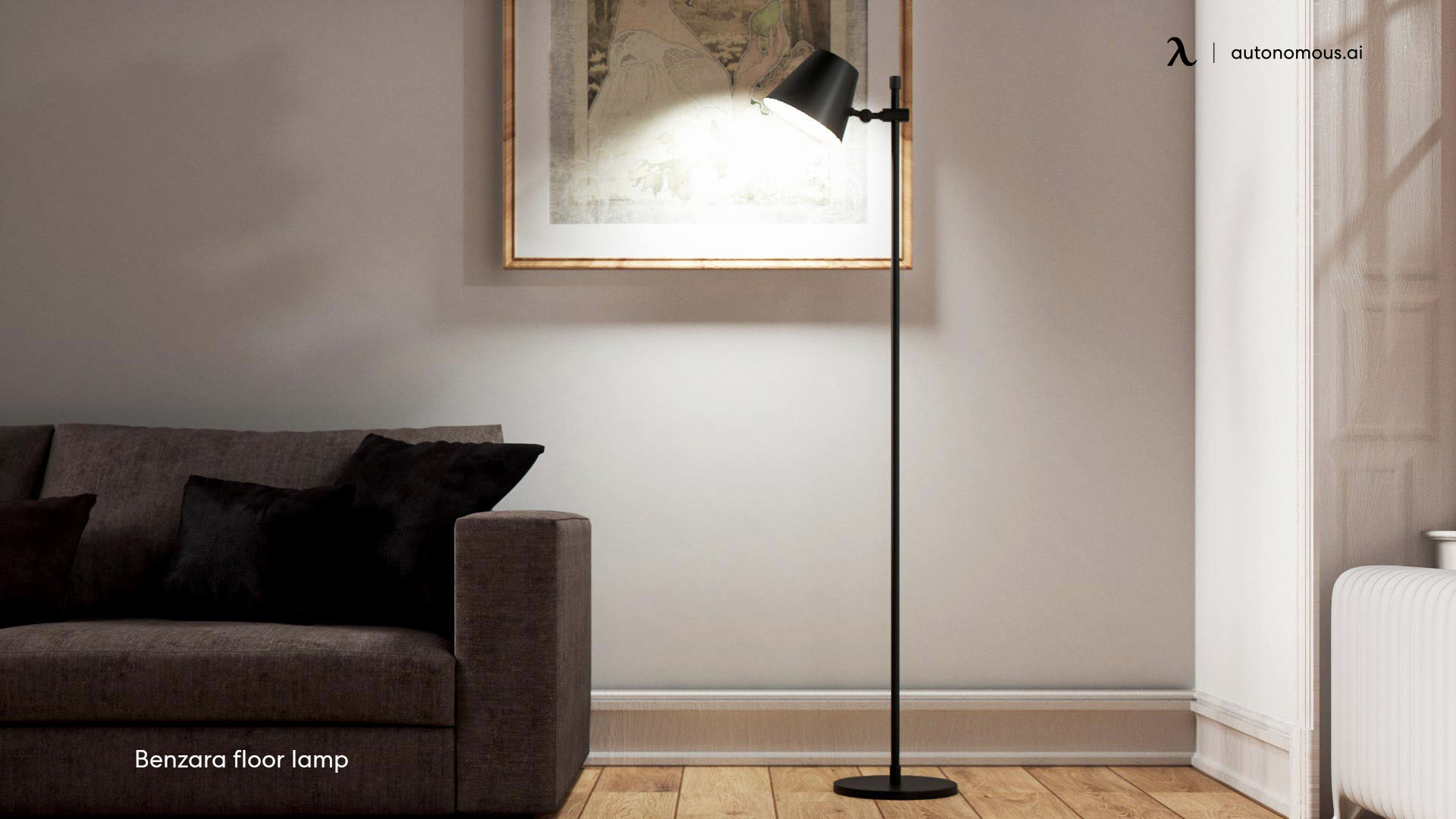
Cool White Applications
Any application that needs light to represent the real color of an object, including the kitchen, garage, workshop, product displays, hair salons, make-up rooms, industrial applications, or any other application requiring lighting to reflect the true colors of objects. In addition, warm white is typically less luminous than cool white.
There are a few small differences for LED strips, but the fundamentals remain the same. Most people will use Cool White LEDs for kitchen cabinet lighting. Warm White is recommended for more wooden cabinets and counters in kitchens with a rustic or country look. Compared with Cool White, it has a more modern appearance, and it would best suit laboratory kitchens, granite counters, tile floors, and lighting ergonomics for computer users.
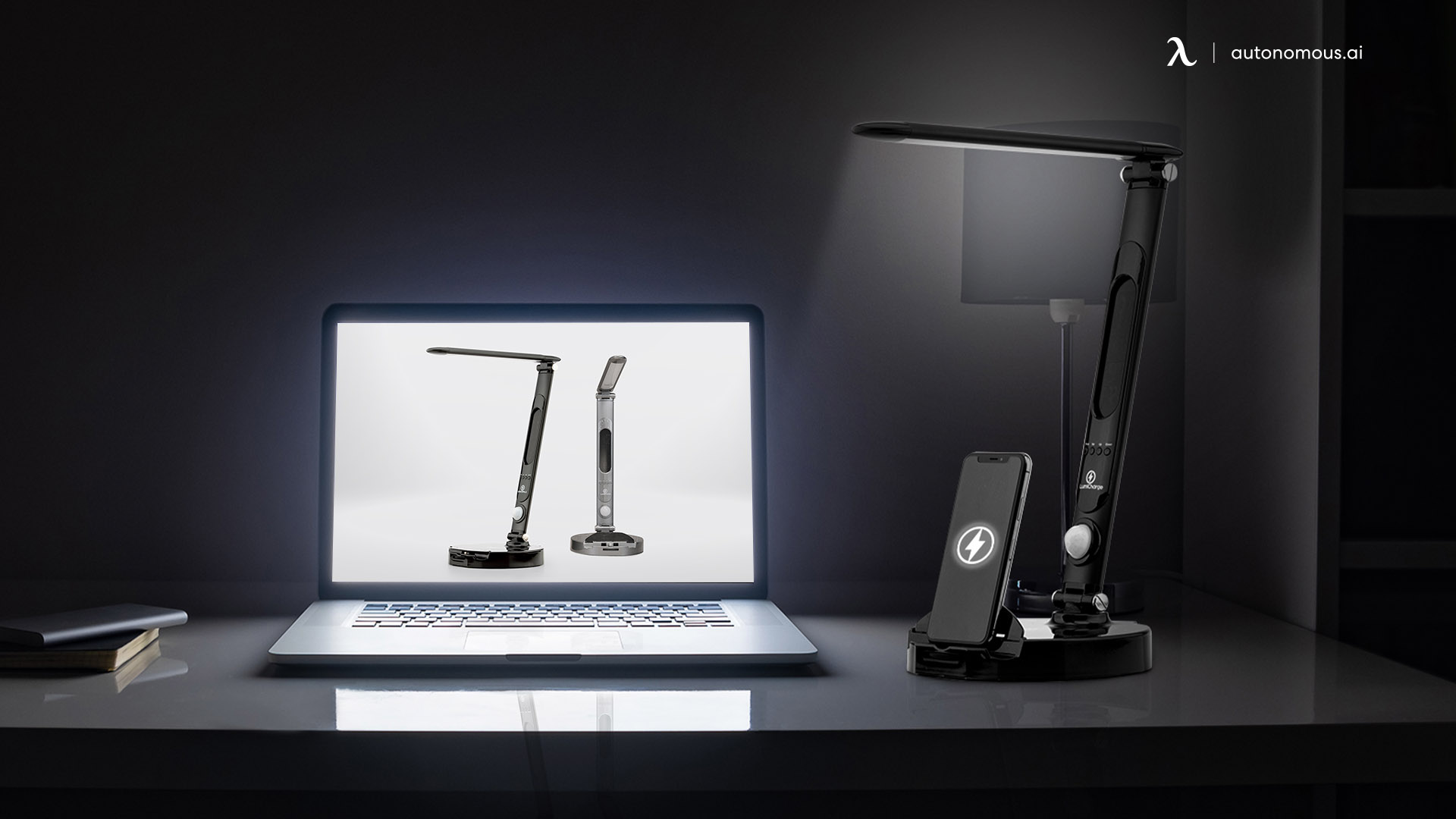
Natural Light/Daylight Applications
The color of daylight is the best choice for home office lighting if you're trying to create a natural effect lighting color. Due to its realistic tonality, it creates an effect similar to that of natural light. Regardless of whether you use a CFL bulb or natural light, natural sunlight is healthier. The benefits of outdoor light include increased Vitamin D and serotonin production, making spending time outdoors 10 to 20 minutes a day highly beneficial to your health. Spending time outdoors will enhance your mood, boost bone health, and improve vision. It will also make you less likely to become depressed and stressed.

Natural White Applications
You may prefer Natural White lighting if you feel that Cool White and Warm White are too blue and yellow, respectively. There are many natural and fake natural light options that lie somewhere between these two, at 4500K, a white light that doesn't interfere with your perception of color. The software is an excellent solution for those working with make-up, hair color, photos, illustrations, paintings, or any other task requiring precise color control.
Stay connected with us!
Subscribe to our weekly updates to stay in the loop about our latest innovations and community news!
Interested in a Link Placement?
Spread the word
.svg)
.svg)



/https://storage.googleapis.com/s3-autonomous-upgrade-3/production/ecm/230914/bulk-order-sep-2023-720x1200-CTA-min.jpg)

/https://storage.googleapis.com/s3-autonomous-upgrade-3/static/upload/images/new_post_author/admin-1.png)